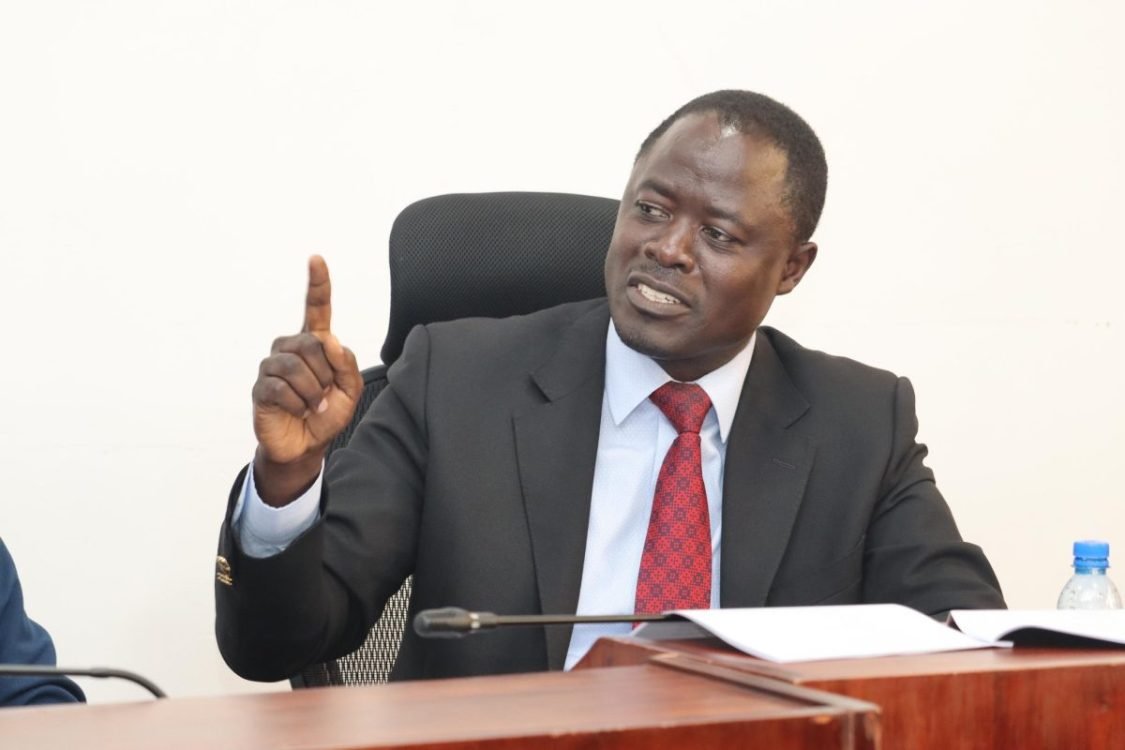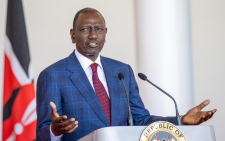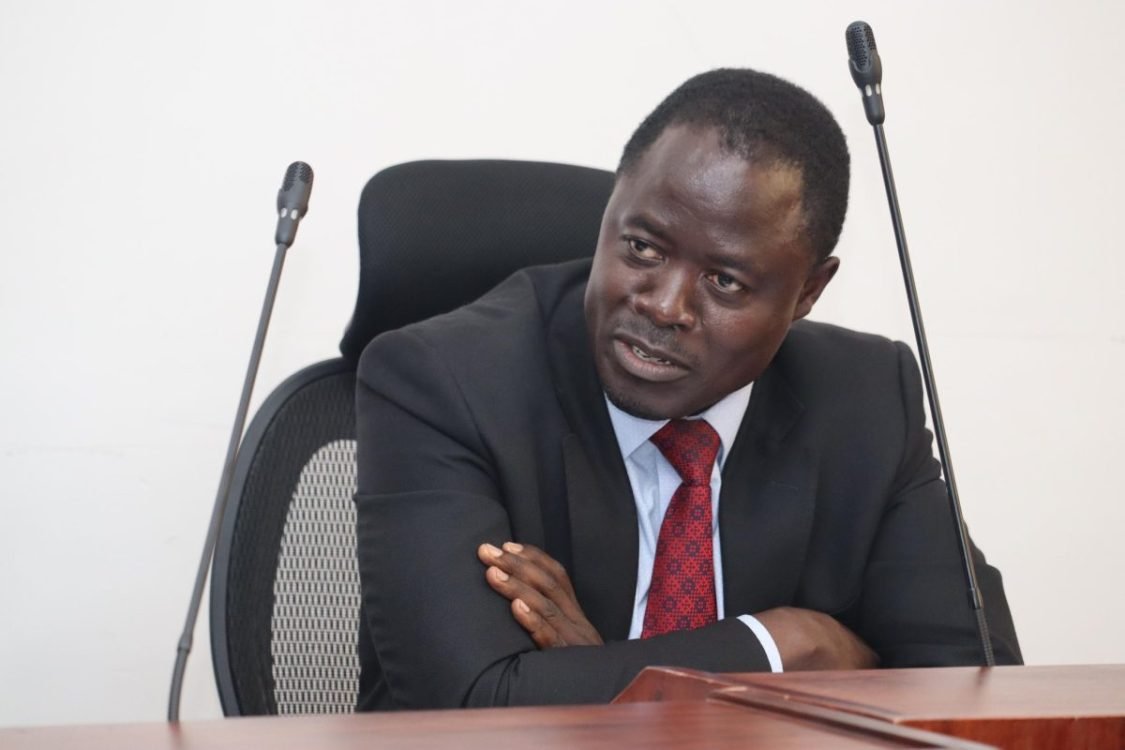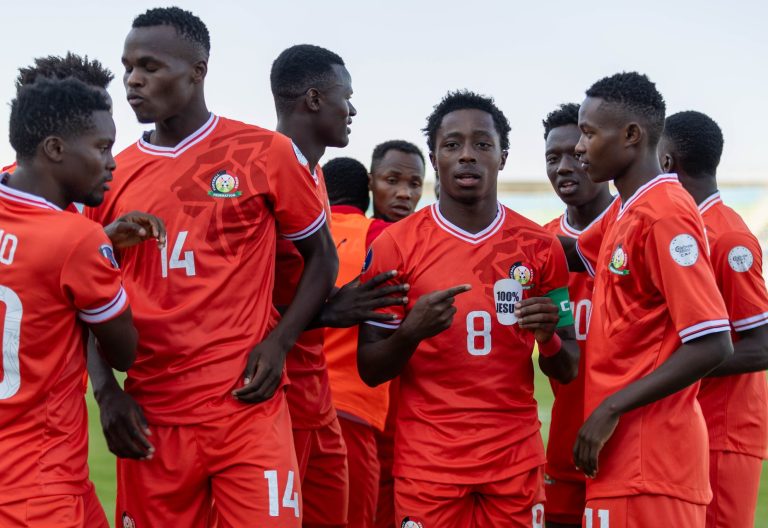NGO offers hope to tackle street families menace
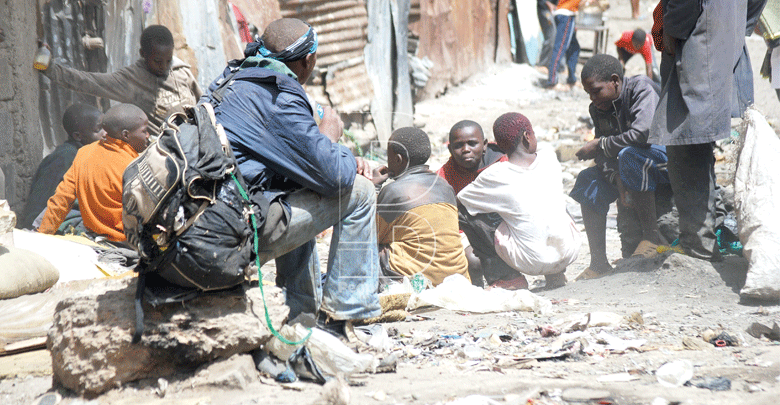
The population of street families has continued to grow over the years despite various interventions being put in place.
Colonies of the families have taken over whole streets or sections of roads in urban centres as their arrivals are allowed without any control or intervention from authorities or concerned bodies.
Lack of proper policies to deal with the menace has been blamed for the influx of street families in Kenya with a sizeable number drawn from neighbouring countries.
Of the same concern is the increased number of foreigners who arrive to take over various spots on Kenyan streets with intent to borrowing or making a living from begging.
Documented articles have pointed to controlled management of the street families by certain cartels in the country.
On the other hand, the growth of slums within the urban centres and socio-welfare challenges have driven children and families from their abode in search of easy money and
Collaboration with state
However, this problem could soon come to an end after a non-governmental organisation in collaboration with the government, recently established an ambitious plan to rehabilitate and reintegrate street and other vulnerable children in the city.
Last week, Kwetu Peace Homes rescued at least 30 street boys, aged between 8 to 14 years, at Uhuru Park in Nairobi.
The rescue exercise is part of the organisation’s ongoing programme, aimed at rescuing more than 300 street children in Nairobi city.
The organisation’s director, Janerose Nyongesa said the boys, who have been rescued will undergo counselling, to enable them cope with their new life.
“Our work with street children is driven by an understanding that each child is an individual with a unique set of experiences, aspirations and challenges as their welfare is our responsibility,” she said.
Nyongesa disclosed that the children would also be introduced to both formal and informal education which will help them develop life skills and secure employment in the future.
“The organisation currently has 10 boys in university, seven in tertiary institutions, 38 in high school and over 100 in primary schools,” said Nyongesa.
Chairperson of Street Families Rehabilitation Trust Fund (SFRTF) and former Othaya MP Mary Wambui announced that the children will undergo rehabilitation for three months and after completion of their learning, those with families will be reunited with their loved ones, while those without families will be taken to children’s homes.
“We want to give these children a chance to grow and heal, away from the street life which is dangerous.
The programme also provides an environment in which children have access to education and basic health services,” she added.
Rehabilitation and integration
The County Government of Nairobi plans to spend Sh40 million to rescue, rehabilitate and reintegrate at least 300 street and other vulnerable children in Nairobi.
Consuming Sh5 million, Phase One will include rescue, rehabilitation and reintegration.
In Phase Two, Sh3 million will be spent towards family reunification and integration, Sh2 million to supervise child care facilities and another Sh2 million to undertake trauma and therapy sessions.
However, this is not the first time the government has placed efforts in rescuing street children, especially in Nairobi.
It is banking on the National Policy on Rehabilitation of Street Families of 2020 to ensure that no person opts to live in city and town streets and turn the individuals into productive citizens.
The policy follows the findings of a first-of-its-kind census on street families in the country last year, which revealed that Kenya has 46,639 street families and identified the push-and-pull factors that keep them in the streets.
Policy implementation
The sole purpose of the policy will be to provide guidelines to guide and coordinate rescue, reintegration and re-socialisation of the street families.
In 2009, the Narc government came up with a rehabilitation project led by former Vice-President Moody Awori where street children were to be absorbed in the National Youth Service (National Youth Service).
But along the way, the growing numbers of street families overwhelmed and the programme lost steam or it.
Most of the graduates cited joblessness and lack of structures as reasons why the project flopped.
NGOs, individuals and local authorities across the country have also offered such street families some help.
According to government statistics, Nairobi leads with 15,337 street persons, Mombasa with 7,529, Kisumu (2,746), Uasin Gishu (2,147) and Nakuru (2,005).



